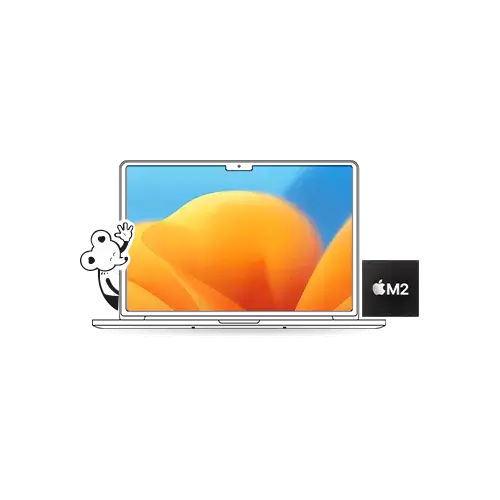In a historic day for the Mac, Apple during the WWDC keynote last night announced that it was saying goodbye to the old Intel chips and introduced Apple Silicon, the much-awaited ARM processors by Apple itself.
“At Apple, integrating hardware and software is fundamental to everything we do… and silicon is at the heart of our hardware,” Cook said.
Let’s be real, we all guessed this was coming, but that doesn’t make it any less exciting!
The Transition
Right before the announcement, Tim Cook described the three major shifts in Mac history: Power PC, macOS, and Intel. And now, Apple will finally be transitioning from Intel to its own Apple Silicon, based on ARM architecture.
Cook said that the entire transition will take nearly two years, but the first Mac with Apple Silicon will be shipped by the end of 2020.
Logic Pro X and Final Cut Pro X will be available on ARM-based Macs from Day 1. Apple also said that Microsoft and Adobe are currently working on getting Office and CC respectively running early on the machines.
To ensure a smooth and seamless transition, Apple will be using “Rosetta 2” to translate all existing Intel apps, which it demonstrated through Maya and a gameplay of Shadow of the Tomb Raider. It’s similar to the original Rosetta, which Apple used to ease the transition between PowerPC to Intel.
Apple says developers will be able to get their apps running “in a matter of days”, using “Universal 2” to create two executables for one app—one for Intel-based Macs and one for ARM-based Macs.
ARM Processor vs Intel
Apple’s chips for its iPhones are undoubtedly the best in the market, and we’ve got no doubt that the same will be the case for Apple Silicon. In the reveal, the company said that the chip is designed to provide the best performance per watt to its users, and the best power to performance ratio possible.
And with Rosetta 2, users will still be able to enjoy the existing Intel apps until the day they’re able to run natively.
iOS and iPadOS Apps on Mac
Another exciting news that came out of the announcement is that Apple Silicon-based Macs will be able to run a much larger range of apps, including apps created for iOS and iPadOS. And they’re not talking about Catalyst, which facilitated porting iOS apps to macOS, but instead some framework that allows users to directly download iOS apps even if they haven’t been optimized for macOS.
Developer Kits to Ship Soon
Developers can begin applying for Apple’s Developer Transition Kits—a Mac Mini with 16GB of RAM, 512GB SSD, and the A12Z chip—coming Monday, and they’ll start shipping by the end of next week. The kit costs $500 (approx. ₹37k) and must be returned to Apple once the program concludes. Apple’s been using its own chips for iPhones, iPads, and Apple Watches already, and now Macs will be joining this line-up as well. With Apple’s announcement of macOS Big Sur and then its own Mac ARM processors, it’s no doubt an exciting time for Mac users!



